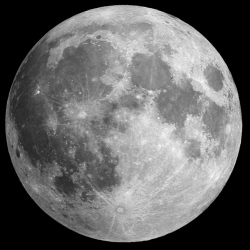
NASA and the private space industry has its sights set on putting a human on Mars. Europe, however, has slightly more modest goals; it wants to put humans back on the moon and build a base. The European Space Agency (ESA) has announced its intentions to send astronauts to our nearest satellite by 2030.
If all goes to plan we will see European-developed robots sent to the moon’s surface first. "This return to the Moon envisions a series of human missions starting in the early 2020s that would see astronauts interact with robots on the lunar surface from orbit," a statement on the ESA website says.
"Here we will put into practice the lessons of the International Space Station, to establish a facility akin to those we see in Antarctica today. In the future the moon can become a place where the nations of the world work together."
The ESA says that it will learn "lessons" from its experience in building and maintaining International Space Station, where British astronaut Tim Peake is currently based.
Unlike the 1960s space race, which led to the Apollo missions putting man on the moon’s surface for the first time, this attempt will not be a competition. Both the Russian space agency and the China National Space Administration each have their own plans to explore the moon. ESA’s announcement may be welcome however, with Russian plans for exploration potentially faltering due to economic problems.
Plans for the mission include projects to explore the unknown parts of the moon, as human and robot exploration of the satellite has mostly focussed on the surface that faces the Earth and that around the equator. The ESA-led mission, which will work in collaboration with others, including Nasa, will look to learn more about "the polar regions hand-in-hand with robots".
"In the coming years we will see explorers at the lunar poles; exploiting the sunlight for solar power and performing research to benefit life on Earth and to understand our place in the universe,"
